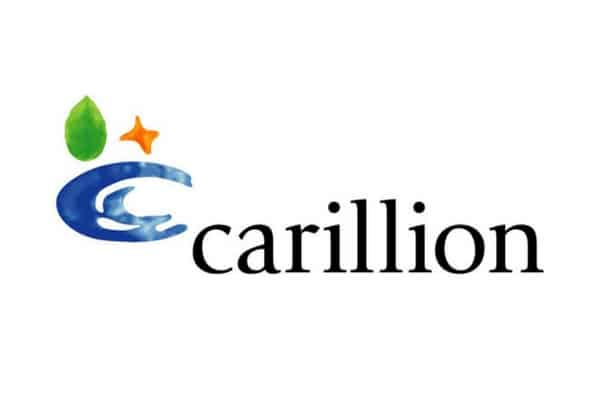Liquidation and administration are two distinct formal insolvency procedures that have separate goals.
Liquidation is the process of ending a company by selling its assets and then dissolving it completely. It is used when a business is beyond rescue or when its directors no longer want to continue operating it for various reasons. There are two different forms of liquidation, depending on the financial state of the company.
On the other hand, administration is typically utilised when a business is experiencing high levels of financial or operational distress, and there is still a chance of saving it. This process is different from liquidation, as its aim is to restructure the business and potentially bring it back to profitability, rather than bringing about its end.
In conclusion, both liquidation and administration are formal insolvency procedures, but they serve different purposes and result in very different outcomes.
Examining the two forms of Liquidation: Solvent and Insolvent
When a company has reached a point where it is no longer needed due to retirement or a change in the director’s plans, but is still financially stable with reserves of cash or assets, it can be dissolved through a Members’ Voluntary Liquidation (MVL). This process allows for the efficient and cost-effective distribution of the company’s assets to shareholders before finally shutting down the company. It is important to note that MVLs must be conducted by a licensed insolvency practitioner and are typically only feasible for companies with more than £25,000 to distribute, due to the professional costs involved.
The process of Liquidating an insolvent company
On the other hand, when a company is facing declining sales and mounting debt, a director may opt for liquidation. If a company cannot pay its bills as they come due, or if its debts exceed its assets, it is considered technically insolvent. In such cases, the liquidation of the company takes place through a Creditors’ Voluntary Liquidation (CVL).
The process involves the appointment of a licensed insolvency practitioner who will assess the company’s assets and sell them to repay any outstanding creditors. The company will then be dissolved in an organised manner. Any remaining debts will be forgiven, unless the director has given a personal guarantee. At this point, the company will cease to exist.



